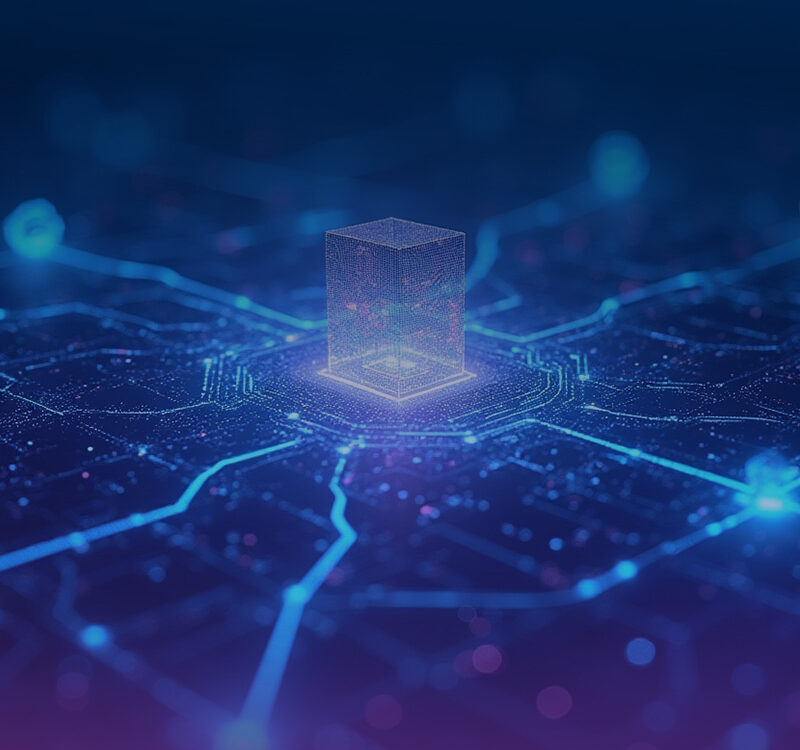
How SIRP’s AI-Native Security Framework Helps You Respond to Cyber Threats Faster
July 15, 2025
How SIRP’s AI-Native Security Framework Helps You Respond to Cyber Threats Faster
July 15, 2025Table of contents
- What is Agentic AI and Why Does It Matter for MSSPs?
- How Can MSSPs Unlock New Revenue Streams Using Agentic AI?
- How Does Agentic AI Reduce Operational Overhead for MSSPs?
- What Role Does Agentic AI Play in Multi Tenant Security Environments?
- What Are the Pitfalls to Avoid When Integrating Agentic AI in MSSP Workflows?
- Real World Outcomes: How MSSPs Are Benefiting Today
- How to Get Started with Agentic AI as an MSSP
- Conclusion: A Smarter, More Scalable MSSP Model
What is Agentic AI and Why Does It Matter for MSSPs?
Agentic AI refers to context aware, self evolving AI agents that can independently perform SOC functions like triage, enrichment, correlation, and prioritization without requiring predefined playbooks or constant human input. Unlike rule based automation, Agentic AI dynamically learns and adapts to each environment in real time. For MSSPs, this shift represents more than just a tech upgrade. It’s an opportunity to reimagine the way services are delivered faster, leaner, and at scale.
Agentic AI brings:
- Real time Adaptability: Adjusts decisions based on evolving client telemetry and threat landscape
- Feedback Driven Intelligence: Continuously improves from each client environment
- Non Scripted Agility: Enables security logic that’s flexible and not locked into static rules
How Can MSSPs Unlock New Revenue Streams Using Agentic AI?
Agentic AI enables MSSPs to build new offerings around intelligence, speed, and context rather than bodies per alert.
MSSPs can:
- Launch tiered AI augmented SOC services where incident analysis and triage are largely AI led
- Offer outcome based pricing models based on reduced MTTR or enhanced SLA performance
- Deliver Threat Intelligence as a Service, using AI enrichment across client environments
- Provide custom dashboards for compliance, exec summaries, or board reports powered by AI
- Introduce continuous monitoring add ons for non 24/7 clients
- Develop client specific agents tuned to unique verticals or use cases
How Does Agentic AI Reduce Operational Overhead for MSSPs?
Manual alert handling drains MSSP margins. Agentic AI agents lighten the load by automating foundational workflows.
The benefits include:
- No More Human Triage for L1: Tasks like classification and deduplication are offloaded to AI
- Massively Reduced Analyst Fatigue: Less time spent on alert noise means more time on real threats
- Fewer Tickets, Less Escalation: Context aware prioritization limits unnecessary L2 escalations
- Scalable Teams: AI scales as clients grow without linearly increasing headcount
- Always On Operations: No coverage gaps during shifts or holidays
- Higher SLA Adherence: Meet or exceed client expectations with less stress
What Role Does Agentic AI Play in Multi Tenant Security Environments?
MSSPs operate across dozens or hundreds of clients. Agentic AI adapts across each without sacrificing security or efficiency.
In multi tenant settings:
- Federated Learning enables learning across tenants without data leakage
- Tenant Aware Agents apply contextual logic per client (critical assets, past behavior, risk profiles)
- Flexible Playbooks are replaced with adaptive workflows tailored per tenant
- Anonymous Pattern Sharing uncovers broader threat patterns without breaching privacy
- Siloed Logic, Shared Value ensures each client benefits from global learning without overlap
- Unified Dashboards provide central visibility across diverse client environments
What Are the Pitfalls to Avoid When Integrating Agentic AI in MSSP Workflows?
Agentic AI isn’t plug and play. MSSPs must treat it like a strategic transformation, not a feature bolt on.
Common pitfalls:
- Overreliance Without Oversight: Always maintain analyst supervision on critical decisions
- Lack of Auditability: All AI actions must be explainable and logged for compliance
- Undertrained Agents: Agents require continuous training and telemetry feedback
- Client Misalignment: Expectations must be clearly set in contracts and SLAs
- Tool Sprawl: AI must be embedded, not added separately or disconnected from operations
- Missing Metrics: Define success KPIs such as MTTD, MTTR, escalation rate, alert noise reduction
Real World Outcomes: How MSSPs Are Benefiting Today
Agentic AI is already reshaping MSSP operations for those ahead of the curve.
Case study metrics include:
- 40%+ L1 Escalation Reduction: AI filters noise so humans handle only validated threats
- 70% Faster Triage: Alerts arrive enriched and prioritized
- Reduced Onboarding Time: AI agents adapt as soon as telemetry begins flowing
- Higher Analyst Retention: Reduced burnout and higher job satisfaction
- Use Cases Across Sectors: Finance, healthcare, and energy MSSPs report measurable ROI
- Improved Client Trust: Faster insights build longer lasting customer relationships
How to Get Started with Agentic AI as an MSSP
Begin with what you already know: your biggest operational pain points.
Practical steps:
- Audit L1 Workload: Find repeatable tasks that eat up analyst time
- Pilot AI in Parallel: Compare agent vs. human output side by side
- Choose the Right Platform: Like SIRP’s agentic mesh architecture for MSSPs
- Track Impact Early: Log improvements in SLA, analyst hours, and MTTR
- Upskill Your Team: Train analysts on AI integration and override protocols
- Secure Leadership Buy In: Present business cases that show cost reduction and scalability
Conclusion: A Smarter, More Scalable MSSP Model
Agentic AI is not just an efficiency tool. It's a business model enabler. MSSPs that adopt AI native, agent driven operations can provide differentiated value, scale faster, and deliver more with fewer people. Whether you're serving ten clients or ten thousand, the path forward isn't more analysts. It’s smarter architecture.
Those who evolve now will lead the next decade of managed security. Those who wait may still be hiring for problems AI already solved.




